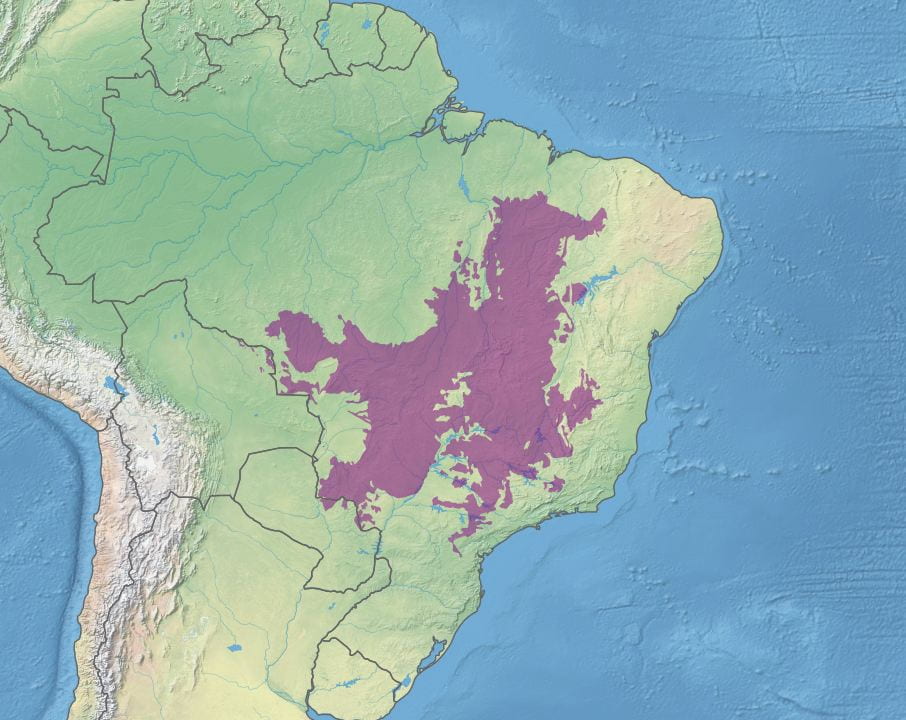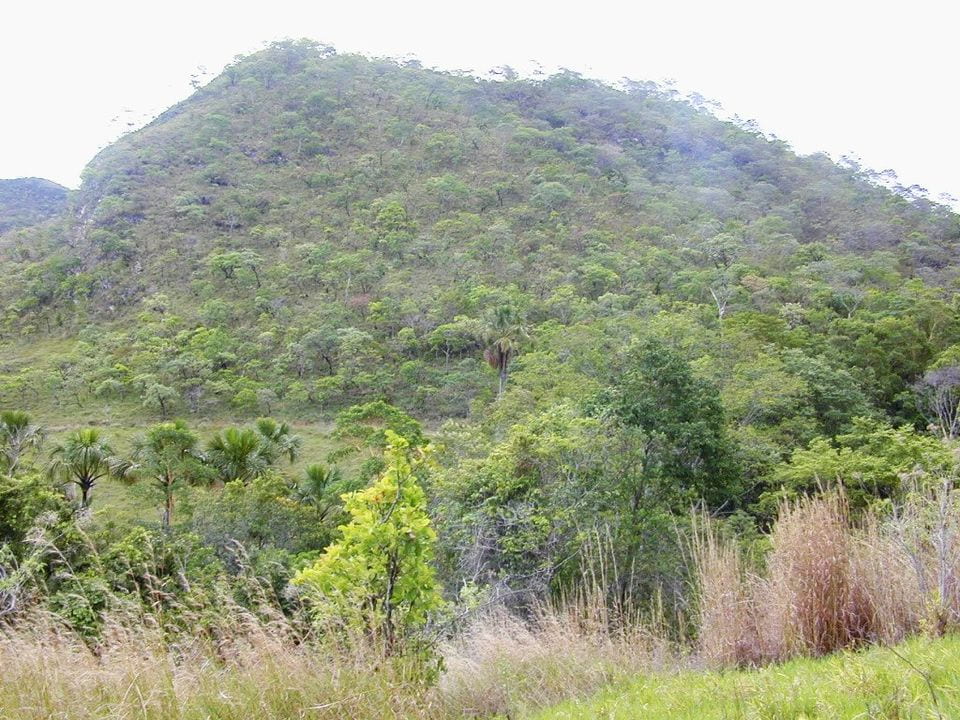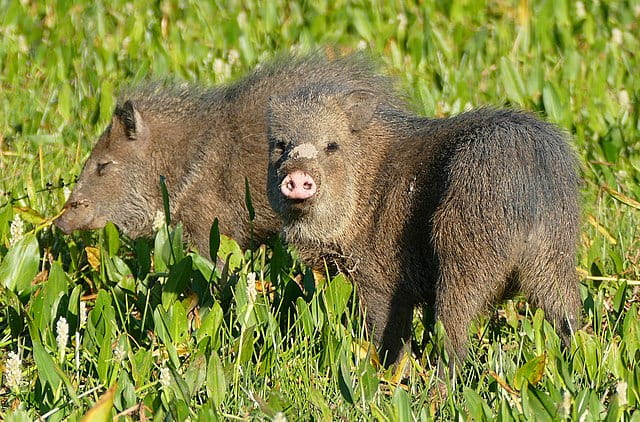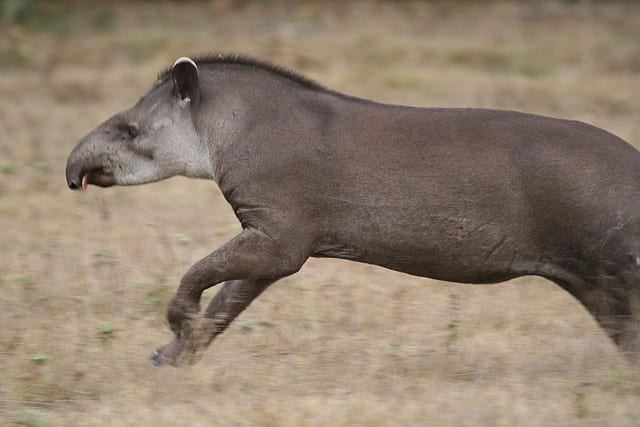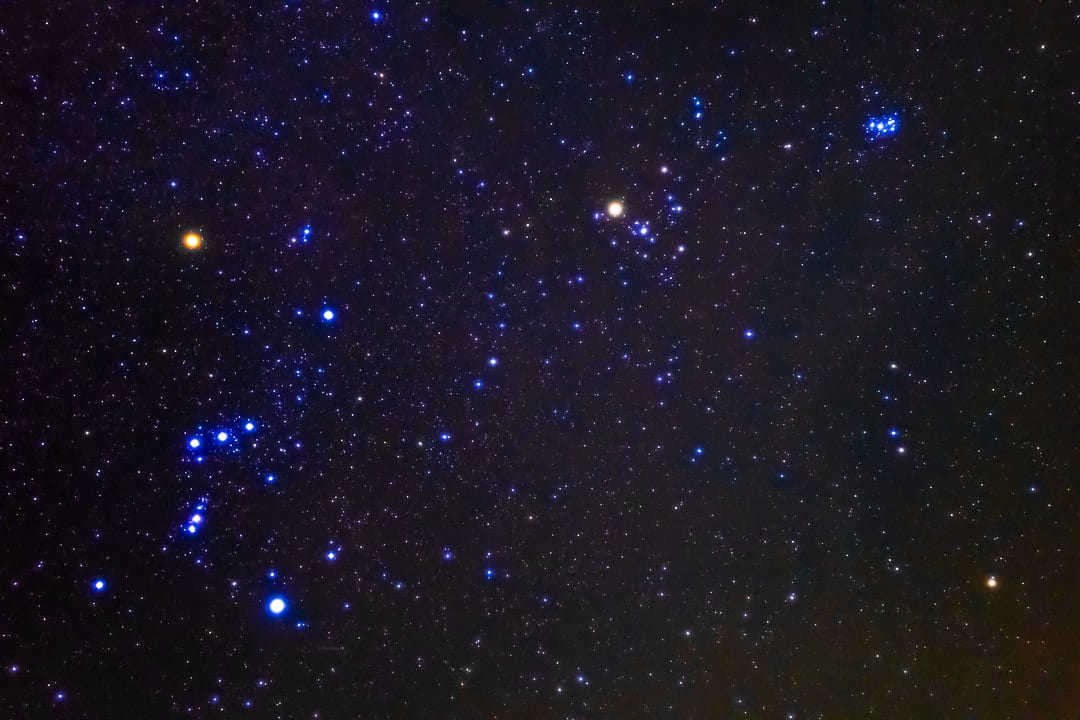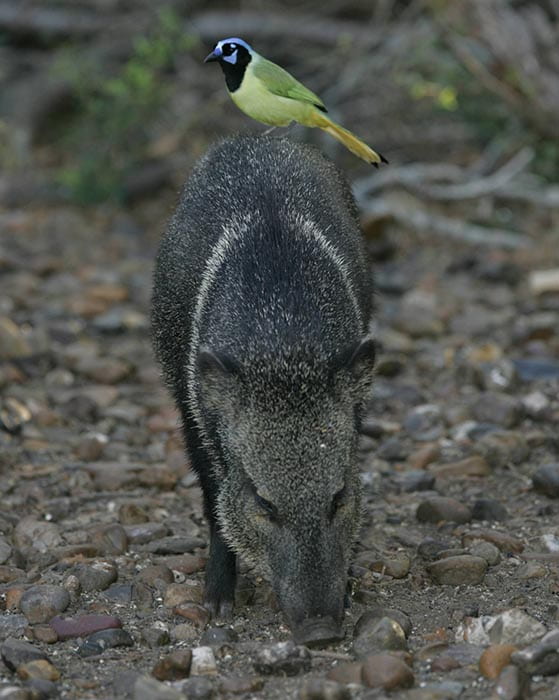Xavante Astronomy
Entry by Michelle Scalise Sugiyama
Cerrado ecoregion, Mato Grosso | Map by Terpsichores
“The eldest village members select the best location and time to start a fire. Their decision is based on the winds and the positions of the stars.”
—Martins de Melo & Saito (2013:478)
The Xavante people of the Mato Grosso use the stars for game drives during the dry season. This involves setting a circular plot of the cerrado (savanna) on fire and leaving a clear area in the center. Here, a group of hunters lies in wait, ambushing the animals as they flee the smoke and flames (Maybury-Lewis 1967). This technique provides an efficient means of acquiring large quantities of game for special occasions and large gatherings, but has to be used with caution to avoid a conflagration and consequent depletion of local plant and animal resources.
Cerrado ecoregion, Mato Grosso | Photo by C2rik
Determining when and where to burn is critical. Key considerations in this decision are variables that affect fire intensity and rate of spread, such as wind direction and velocity, grass height, and the burning properties of different vegetation types. Another important consideration is the recovery time for each vegetation type, which impacts the animals dependent on them: in the absence of adequate foliage for browse and cover, game will leave the area (Martins de Melo & Saito 2013:483). The most sought-after species are tapir, peccary, and deer (Maybury-Lewis 1967:37-38).
To time their hunting fires, the Xavante use the constellations Tsiruru (Pleiades) and Da’watsa (Orion). The heliacal rising of Tsiruru coincides with the dry season, which begins in June and lasts through September. Tsiruru is also instrumental in the prediction of wind speed, which gradually increases in July and reaches peak intensity in August and September, when burning becomes prohibitively dangerous. This turning point coincides with the period when Tsiruru is positioned in the middle of the sky, which occurs in August. The ideal time for burning is when Da’watsa appears with Tsiruru (Martins de Melo & Saito 2013).
Orion, Taurus, and Pleiades | Photo by Panda~thwiki
“The Xavante use a specific indicator based on the stars to decide when to burn. As determined by the elders . . . the right time to burn . . . is shown by the appearance of the two constellations Tsiruru and Da’watsa.”
—Martins de Melo & Saito (2013:483)
Green jay on collared peccary | Photo by Steve Hillebrand
The names and images associated with constellations may encode fire knowledge as well. Tsiruru, for example, means “small-beaked bird” (Martins de Melo & Saito 2013:483). Although it is unclear which species in Western taxonomy this name corresponds to, presumably the Xavante know the referent. The behavior of this bird—for example, its migration patterns, nesting season, feeding habits, or distinctive vocalizations–may coincide with or change at the onset of the dry season or ideal burning period. Alternatively, its presence may indicate the presence of the game species sought.
References
Martins de Melo, M. & Saito, C. (2013). The practice of burning savannas for hunting by the Xavante Indians based on the stars and constellations. Society and Natural Resources, 26:478-487.
Maybury-Lewis, D. (1967). Akwë-Shavante Society. Oxford: Clarendon Press.
